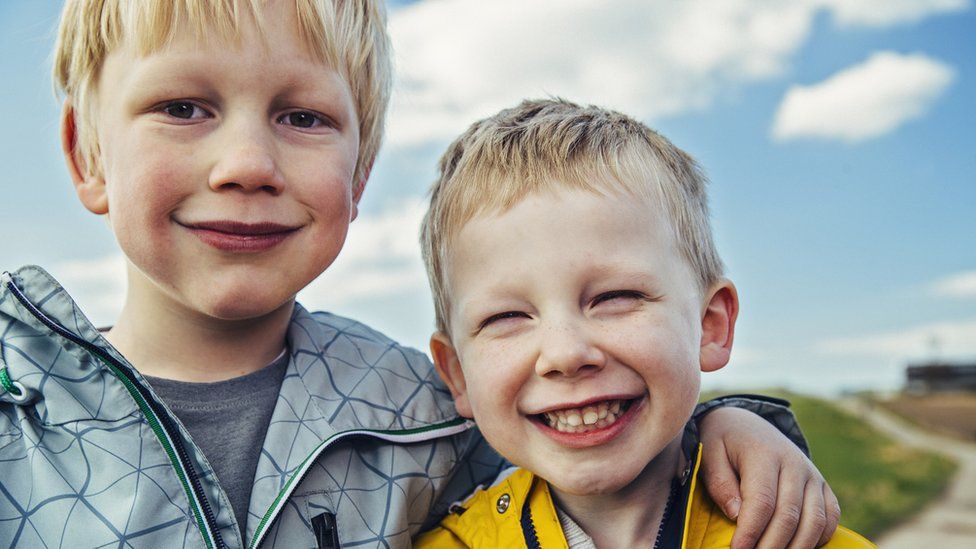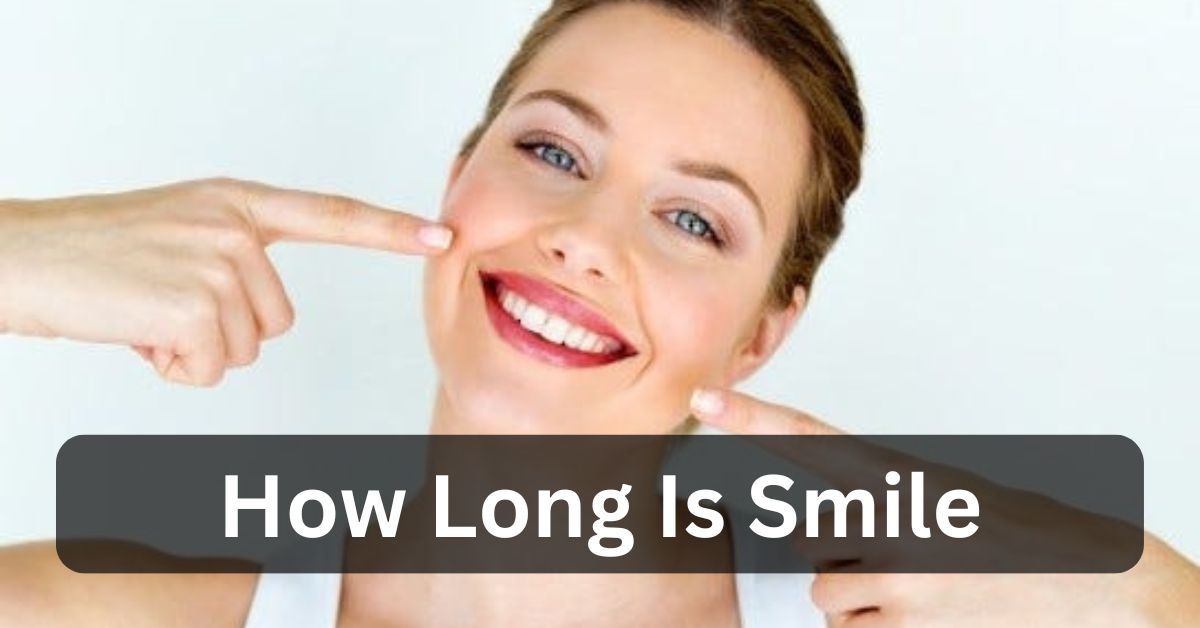How Long Is Smile? – Access The Details Effortlessly!
Smiling is a universal language that transcends cultural barriers, expressing joy, warmth, and connection. But have you ever wondered about the duration of a smile.
Smiles, though fleeting, wield profound influence. Lasting mere seconds, they bridge cultures, elevate moods, and forge connections, embodying the essence of human emotion and camaraderie.
Delving into the realms of science and psychology, we uncover the intricate dynamics of a smile’s duration, its effects on individuals and society, and the fascinating research behind this seemingly simple yet profound gesture.
The Physiology of a Smile – Unveiling the Duration Within Seconds!
The physical act of smiling involves a complex interplay of facial muscles and neural pathways, culminating in a display of happiness or amusement.
Studies utilizing electromyography (EMG) have revealed that a smile typically lasts between two to seven seconds on average, depending on various factors such as sincerity, social context, and individual differences.

This brief yet potent duration is orchestrated by the activation of muscles like the zygomatic major and orbicularis oculi, which contract to form the characteristic curvature of the lips and the crinkling of the eyes, respectively.
However, the duration of a smile extends beyond its mere physical manifestation. Researchers have delved into the nuances of “Duchenne” versus “non-Duchenne” smiles, named after the French neurologist Guillaume Duchenne.
Duchenne smiles, characterized by the involvement of both the mouth and eyes, tend to be more genuine and contagious, fostering a deeper emotional connection between individuals.
In contrast, non-Duchenne smiles, which involve only the mouth, may be more superficial and short-lived. Understanding these distinctions sheds light on the intricacies of a smile’s duration and its underlying emotional authenticity.
The Psychology of Smiling – Unpacking the Long-Term Effects!
Beyond its fleeting physicality, a smile’s duration can significantly impact psychological well-being and social dynamics over time. Psychological research has underscored the profound influence of smiling on mood regulation, stress reduction, and interpersonal relationships.
For instance, the “facial feedback hypothesis” suggests that the act of smiling can influence one’s emotional state by triggering the brain’s reward system, leading to an uplift in mood and a decrease in stress levels.

Moreover, the duration of a smile serves as a potent indicator of social dynamics and communication efficacy.
Studies have shown that prolonged smiling during social interactions fosters a sense of rapport, trust, and likability among individuals, contributing to the formation of lasting bonds and positive impressions.
Conversely, the absence of genuine smiles or their short-lived nature may impede effective communication and hinder the establishment of meaningful connections.
As such, the duration of a smile holds profound implications for both individual well-being and societal cohesion, shaping our interactions and perceptions in profound ways.
Read Also: 180cm In Feet – The Ultimate Guide For You!
The Cultural Context of Smiling – Exploring Variations in Duration and Meaning!
While the universality of smiling transcends cultural boundaries, the duration and interpretation of smiles can vary significantly across different societies and contexts.
Cultural norms, values, and etiquette play a pivotal role in shaping the duration and meaning attributed to smiles within specific cultural milieus.
For instance, cultures that prioritize individualism and expressiveness may exhibit longer and more frequent smiles as a means of conveying warmth and openness.
Conversely, cultures emphasizing collectivism and emotional restraint may perceive prolonged smiling as excessive or insincere, favoring more subdued expressions of positivity.
Anthropological studies have elucidated cultural nuances in smiling behavior, illustrating how the duration of smiles can serve as a barometer of social norms and expectations within diverse cultural landscapes.
Understanding these cultural variations is essential for effective cross-cultural communication and interpersonal engagement, preventing misunderstandings and fostering mutual respect and understanding.
The Evolutionary Significance of Smiling – Tracing Its Origins and Adaptive Functions!
From an evolutionary standpoint, the duration of a smile can be viewed through the lens of adaptive behaviors and social signaling mechanisms.
Evolutionary psychologists posit that smiling evolved as a nonverbal cue to signal affiliation, cooperation, and emotional contagion among early human ancestors.

The fleeting nature of smiles may have served as a means of conserving energy while still conveying social intent and establishing social bonds within ancestral communities.
Furthermore, the duration of smiles may have evolved in tandem with the complexities of social dynamics and hierarchy within human societies.
Research suggests that individuals in positions of power or dominance may exhibit shorter, more controlled smiles as a means of asserting authority and maintaining social distance.
In contrast, individuals in subordinate positions may employ longer and more deferential smiles to signal submission and appeasement, thereby navigating social hierarchies and minimizing conflict.
Read Also: Error: Src Refspec Main Does Not Match Any – Ultimate Guide!
Conclusion:
Although ephemeral, smiles possess remarkable influence. Enduring only for fleeting moments, they serve as cultural bridges, uplifting spirits, and cementing bonds, encapsulating the core of human emotion and companionship.
FAQs:
What determines the duration of a smile?
The duration of a smile is influenced by factors such as sincerity, social context, and individual differences, typically lasting between two to seven seconds on average.
How does smiling impact psychological well-being?
Smiling can regulate mood, reduce stress, and enhance interpersonal relationships by triggering the brain’s reward system and fostering a sense of connection and trust.
Do cultural norms affect the duration of smiles?
Yes, cultural norms shape the duration and interpretation of smiles, with variations across societies influencing the frequency and duration of smiling during social interactions.
What is the evolutionary significance of smiling?
Smiling may have evolved as a nonverbal cue to signal affiliation and cooperation among early humans, with the duration of smiles reflecting social dynamics and hierarchy within communities.
Can the duration of a smile impact communication efficacy?
Yes, prolonged smiling during social interactions can enhance rapport, likability, and effective communication, while short-lived or insincere smiles may hinder connection and understanding.
How does the duration of a smile contribute to societal cohesion?
The duration of smiles serves as a barometer of social norms and expectations within diverse cultural landscapes, influencing perceptions, and fostering mutual respect and understanding among individuals.
Read Also:


